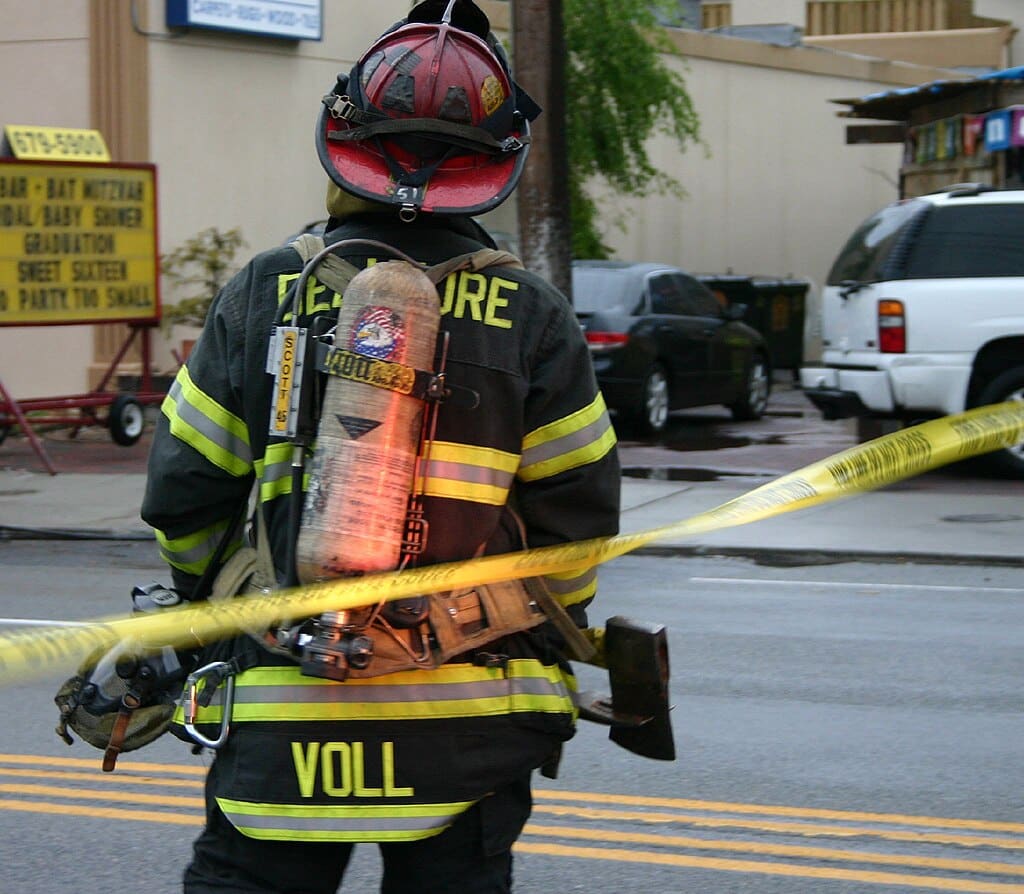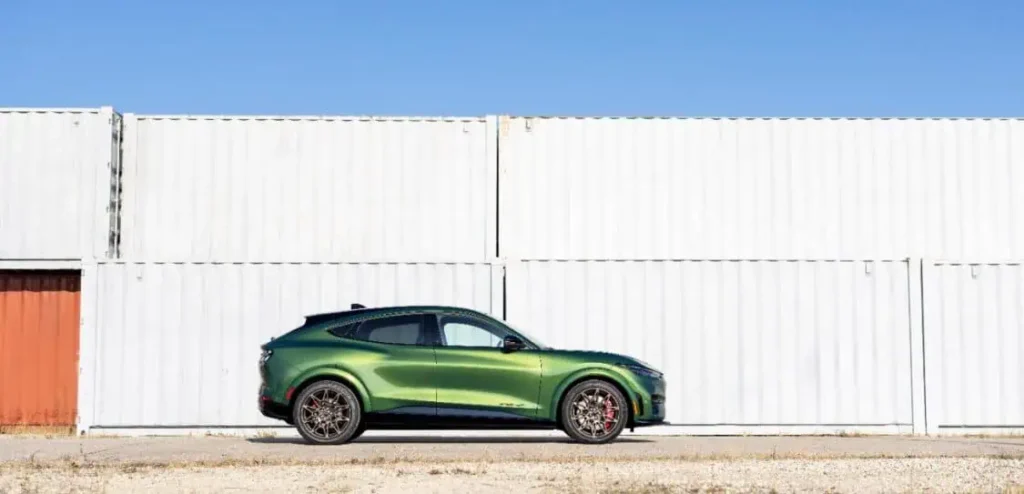Beware of Electric Vehicle (EV) Misinformation
Fake news, misinformation and disinformation is at an all-time high in 2024. With the growing importance of social media worldwide, an important benefit is that everyone with a social media account has been given a voice in the global conversation. On the flipside, fake news, misinformation and disinformation is being spread at an unprecedented level.
So, how does one find the truth among all the noise? The answer is to look for well-respected news outlets that report viewpoints equally and in a fair manner. Opinion pieces supporting one political party, or issue over another have been widely disguised as legitimate news. You can count on EVinfo.net as legitimate, as our sources are all well-respected and widely recognized as legitimate, for example the EPA is one source we cite for information.

What is Fake News, Misinformation and Disinformation?
Fake news can be misinformation or disinformation. Misinformation is false information that is spread, regardless of whether there is intent to mislead. Disinformation is deliberately misleading or biased information and manipulated narrative or facts, or propaganda.
Electric Vehicle (EV) Misinformation
Electric Vehicle (EV) fake news, misinformation and disinformation is at an all time high, along with fake news, misinformation and disinformation on every issue or topic that exists today. The global EV revolution is being attacked by a variety of actors, mostly those invested in the oil and gas industries. Many leaders don’t want people to buy or lease EVs, but rather keep the status quo of gas-powered internal combustion engine (ICE) vehicles. The problem with this is that ICE vehicles worldwide are releasing greenhouse gases, contributing to climate change, the biggest threat the globe has ever faced.
In 2022, the Transportation Sector Accounted for 28% of Total US Greenhouse Gas Emissions
The Environmental Protection Agency (EPA), the federal agency that protects the environment and human health, reported how ICE vehicles are contributing to climate change globally and in the US. According to the Inventory of U.S. Greenhouse Gas Emissions and Sinks 1990–2022, in 2022, the transportation sector accounted for 28% of total U.S. greenhouse gas emissions, the largest contributor of greenhouse gas emissions in America.

eBike Lithium Fire Fake News, Misinformation and Disinformation
Lithium fires in electric vehicles, including eBikes, has been a source of significant fake news, misinformation and disinformation worldwide. Videos of these fires are especially compelling, as they invoke a fear response. In the United States, lithium battery fires in eBikes have been an issue because of a lack of regulation, and the fact that firefighters have not been adequately prepared to fight lithium fires, which require different methods than traditional fires.
In 2023, eBike fires in New York City made significant headlines, creating a large amount of fear, uncertainty, and doubt (FUD). FUD is a manipulative propaganda tactic, a strategy to influence perception by disseminating negative and dubious or false information, and is a manifestation of the appeal to fear.
The Electric Bike Report said: “In most cases, these fires have been caused by batteries that are often either cheaply made or repaired by an unauthorized service center (not by e-bikes with quality batteries that are properly serviced). Even so, consumers have good reason to be concerned.”

CNN reported that Dylan Khoo, an analyst at ABI Research, highlighted that all lithium-ion batteries contain flammable materials, and incidents may result from a process called “thermal runaway.” This process involves a chain reaction where a rapid increase in temperature causes further overheating, which can escalate to a fire or even an explosion.
“This process can be triggered by a battery overheating, being punctured, or an electrical fault like a short circuit,” Khoo said. “In cases where fires occur spontaneously while charging, it is likely due to manufacturing defects.”
Steve Kerber, vice president and executive director of Underwriters Laboratory’s (UL) Fire Safety Research Institute (FSRI), said lithium batteries are generally safe and unlikely to fail, but also said the public will likely see more lithium fires as EVs grow in popularity, and that quality regulations are needed.
“Lithium batteries are generally safe and unlikely to fail, but only so long as there are no defects and the batteries are not damaged or mistreated,” said Kerber, “The more batteries that surround us the more incidents we will see.”
“It will continue to happen until there are regulations around the quality of these devices,” Kerber continued.
Solutions and Staying Safe
The U.S. Consumer Product Safety Commission (CPSC) hosted a public meeting in July 2023 with a specific focus on fires occurring in e-bikes and other micro-mobility products as well as the fire risks that may arise with the growing consumer market for other products containing these batteries.
CPSC reminded consumers to use caution and safety with E-scooters, e-bikes, and hoverboards on a its website. The advice included the steps listed below to prevent micromobility fires:
“CPSC urges consumers to only use micromobility products that have been designed, manufactured, and certified for compliance with the applicable consensus safety standards. Always be present when charging micromobility products, never while sleeping, and only use the supplied charger. Only use an approved replacement battery pack. Follow the manufacturer’s instructions for proper charging and unplug the device when done. Never use an micromobility device with a battery pack that has been modified/reworked by unqualified personnel or with re-purposed or used cells. NEVER throw lithium batteries into the trash or general recycling. Instead, take them to your local battery recycler or hazardous waste collection center.”
Current Government Action to Increase Safety
The “Setting Consumer Standards for Lithium-Ion Batteries Act” (HR 1797), introduced in the House of Representatives, aims to grant the Consumer Product Safety Commission (CPSC) authority to enforce specific safety standards for lithium-ion batteries. If passed, this bill could make UL 2271—a rigorous safety standard for batteries—legally required rather than an industry recommendation, ensuring greater safety for lithium-ion battery-powered devices.
At the same time, the Senate has introduced a parallel bill, S.1008, which is currently under consideration by the Commerce, Science, and Transportation Committee. If both bills are approved by their respective chambers, they would move to a reconciliation process. Here, they would be combined into a single version that would then be sent to President Biden for signing into law, which could create a uniform standard for lithium-ion battery safety across the U.S. EVinfo.net supports laws requiring UL certification of ebike batteries. This will make these batteries much safer and go a long way towards reducing ebike battery fires.
Stay Safe With UL 2271
Experts recommend when purchasing or using an eBike, insist on UL certification for safety.
UL Solutions is a global independent safety science company with more than a century of expertise innovating safety solutions. UL 2271 is a comprehensive safety standard specifically designed for batteries in light electric vehicles (LEVs) such as e-bikes, e-scooters, and other micro-mobility devices.
Established in 2013 and updated in 2018, UL 2271 covers several critical areas:
Battery Components: The standard thoroughly evaluates all battery components, including cells, wiring, casing, and the battery management system, ensuring each part meets safety standards.
Performance Testing: Batteries are assessed for performance across various conditions, from typical usage and temperature changes to different charging cycles, simulating real-world wear and tear.
Safety Checks: Batteries undergo tests for short-circuiting, overheating, and physical damage resistance to prevent risks of fire and explosion.
Environmental Resistance: Batteries are exposed to impact, crushing forces, temperature fluctuations, water, and UV light to verify their resilience to environmental factors.
Mechanical Integrity: Mechanical stress tests like vibration, shock, crushing, and rollover tests help ensure batteries can withstand physical impacts during use.
Electrical Safety: Electrical tests address overcharging, over-discharging, short-circuiting, and charging imbalances, as well as operation under maximum temperatures.
Consumers can verify a battery’s UL certification by visiting the UL Solutions website and searching the certification directory using the manufacturer’s name or product model. The UL recognized component mark on battery packaging also indicates compliance with these rigorous safety standards.

Seven Common Electric Vehicle Myths
eBike lithium fires are not the only the only fake news, misinformation and disinformation. A wide variety of myths have been circulated by foes of the EV revolution, as well as misinformed members of the public.
The EPA strongly supports EVs, as they are widely proven to be the most eco-friendly form of transportation, and an important part of fighting climate change. The EPA debunked seven of the most common EV myths.
Here’s a breakdown of these common myths about electric vehicles (EVs) and the facts behind them:
Myth #1: Electric vehicles are worse for the climate than gasoline cars because of power plant emissions.
Fact: Although EVs do rely on electricity that may be partly generated by fossil fuels, studies show that they emit less CO₂ over their lifetimes than gasoline cars. As the energy grid becomes greener with more renewable sources, the environmental benefits of EVs will increase even further.
Myth #2: Electric vehicles are worse for the climate than gasoline cars because of battery manufacturing.
Fact: While EV battery production does generate emissions, the overall carbon footprint of EVs—including battery manufacturing and operation—tends to be lower than that of gasoline vehicles over the vehicle’s lifespan. Improvements in battery technology and recycling processes are further reducing this impact.
Myth #3: Electric vehicle batteries are unreliable and need to be replaced every few years.
Fact: EV batteries are designed to last many years, with most retaining 70–80% of their original capacity after eight to ten years. Many automakers offer warranties on EV batteries for around 8 years or 100,000 miles, reflecting their confidence in battery durability.
Myth #4: The increase in electric vehicles entering the market will collapse the U.S. power grid.
Fact: The grid can handle EV charging demand, especially with managed charging and off-peak rates encouraging nighttime charging. Utilities and infrastructure companies are also making upgrades to support more EVs, including new charging stations and smart grid technology.
Myth #5: There is nowhere to charge.
Fact: Charging infrastructure is expanding rapidly, with thousands of public charging stations now available nationwide. In addition, many EV owners charge their cars at home overnight, which provides enough range for most daily driving needs.
Myth #6: Electric vehicles don’t have enough range to handle daily travel demands.
Fact: Modern EVs typically offer ranges of 200–400 miles on a full charge, which is more than sufficient for daily driving needs. EV ranges are continually improving, making long-distance travel increasingly viable.
Myth #7: Electric vehicles are not as safe as comparable gasoline vehicles.
Fact: EVs undergo the same rigorous safety testing as gasoline vehicles and often perform very well in crash tests. Many EVs are designed with features like a low center of gravity and reinforced battery compartments, which enhance their safety in collisions.

Electric Vehicle Marketing Consultant, Writer and Editor. Publisher EVinfo.net.
Services